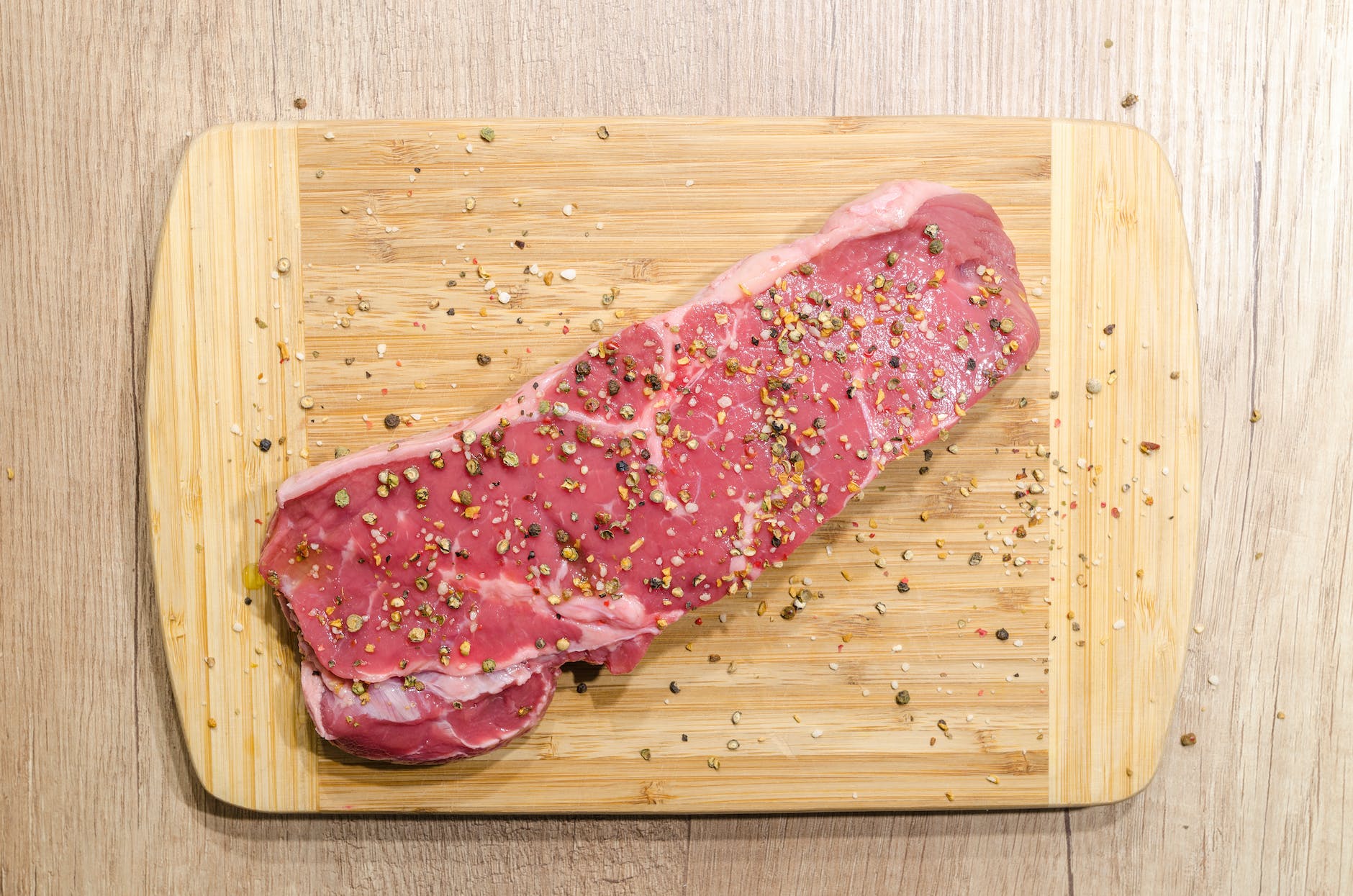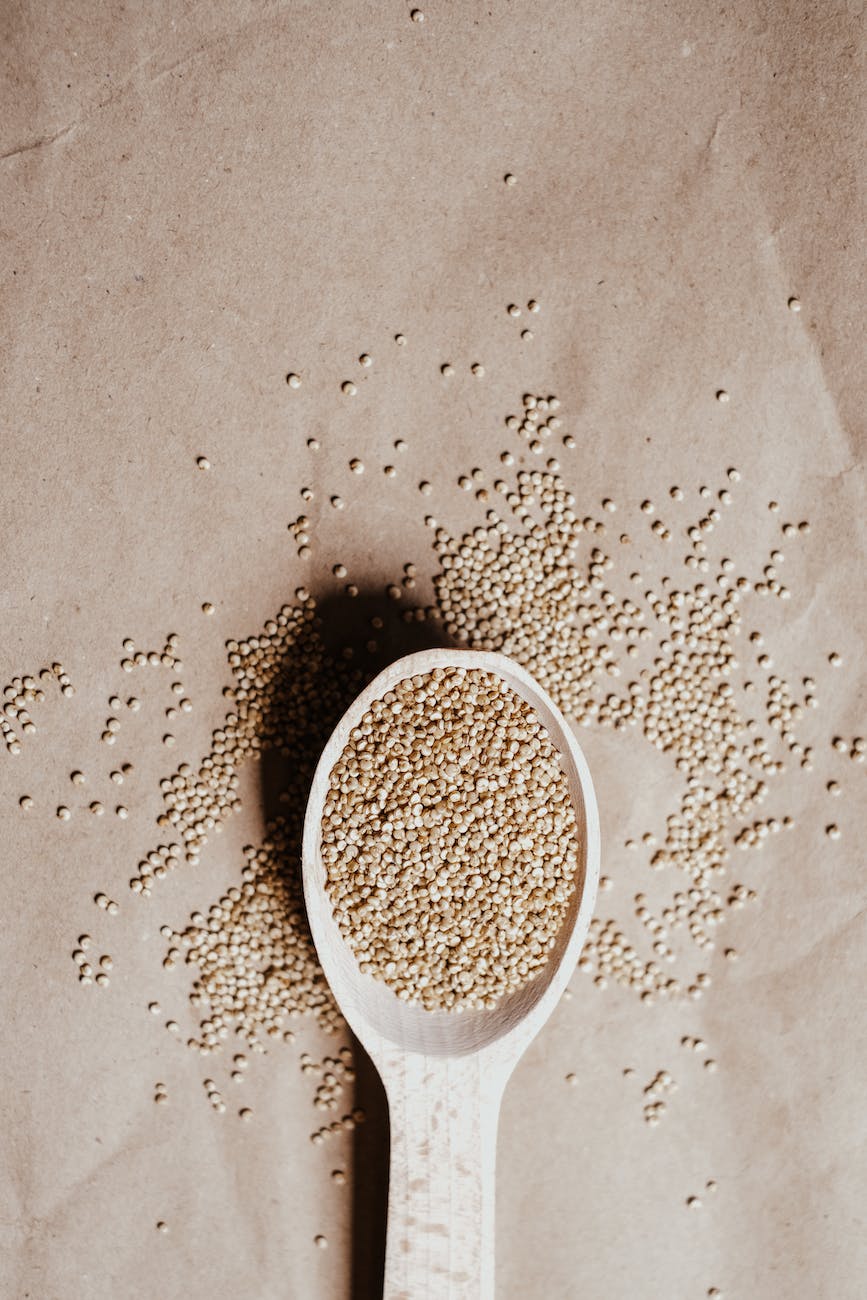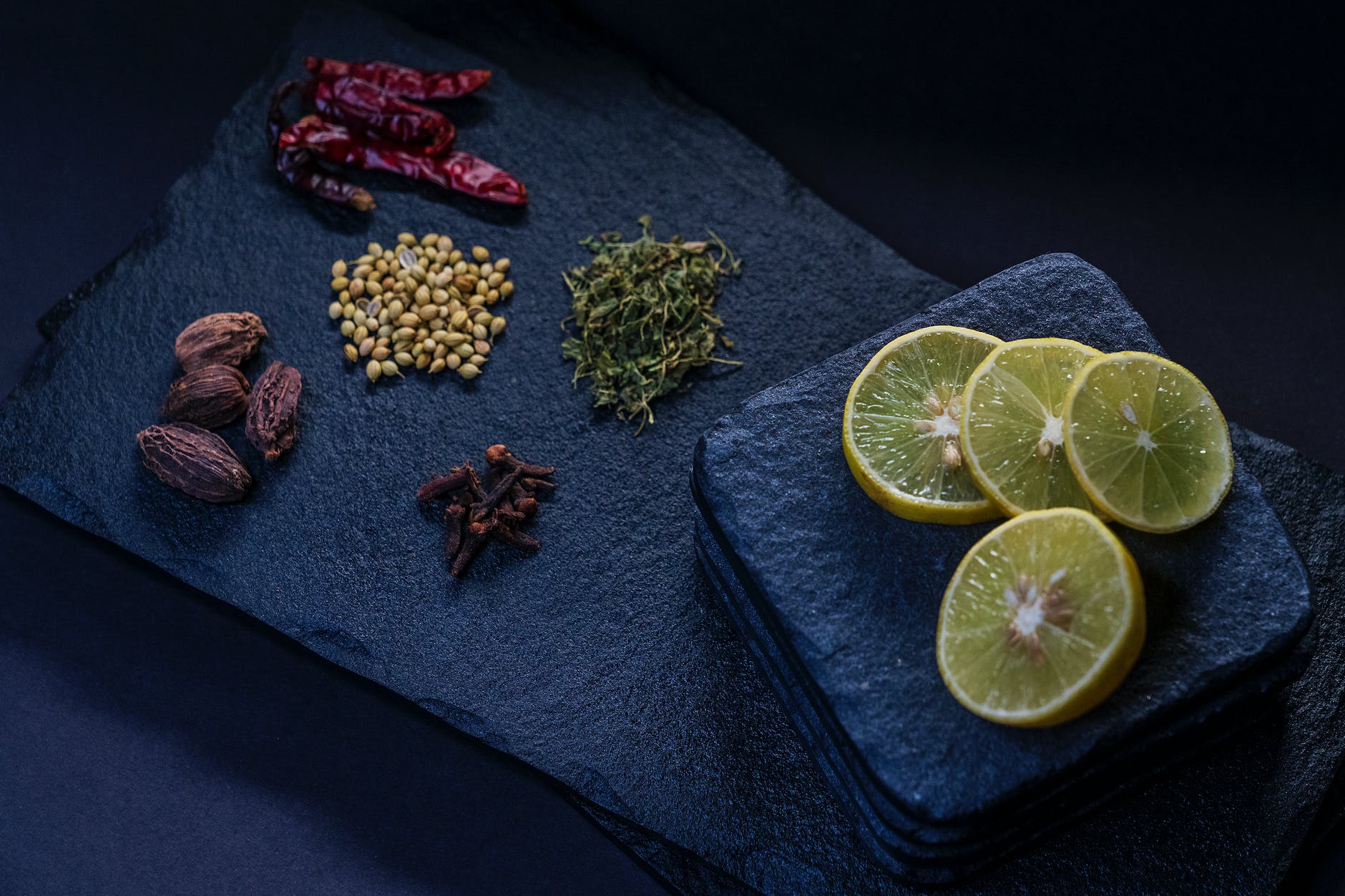
Hello, keto enthusiasts! If you’re a fan of beef and looking for delicious recipes to add to your weight loss keto plan, you’re in for a treat. Beef is a rich source of protein and essential nutrients, making it an excellent choice for those following a ketogenic diet. Join us as we explore five mouthwatering beef recipes that not only promote weight loss but also satisfy your taste buds. Get ready to enjoy the flavors of succulent beef while staying on track with your keto goals. Let’s dive in! 🥩🍽️
1. Steak and Vegetable Skewers: Fire up the grill and indulge in a flavorful and satisfying meal with steak and vegetable skewers. Cut beef steak into cubes and marinate them with your favorite keto-friendly herbs and spices. Alternate the steak cubes with a colorful array of low-carb vegetables like bell peppers, zucchini, and mushrooms on skewers. Grill until the steak is cooked to your desired level of doneness and the vegetables are tender and slightly charred. These skewers are not only visually appealing but also packed with protein and essential nutrients from both the beef and vegetables.
2. Beef and Broccoli Stir-Fry: Whip up a quick and delicious beef and broccoli stir-fry that will satisfy your Chinese food cravings without derailing your keto plan. Slice beef into thin strips and stir-fry with garlic, ginger, and a splash of low-sodium soy sauce or coconut aminos. Add broccoli florets and cook until the beef is cooked through and the broccoli is crisp-tender. This dish is not only low in carbs but also loaded with protein and fiber, thanks to the beef and broccoli combination. Serve it over cauliflower rice for a complete keto-friendly meal.
3. Beef Taco Lettuce Wraps: Enjoy the flavors of a classic Mexican dish without the carbs by creating beef taco lettuce wraps. Brown ground beef in a skillet and season it with keto-friendly taco seasoning, such as chili powder, cumin, and paprika. Fill large lettuce leaves with the seasoned beef and top with your favorite low-carb toppings, such as diced tomatoes, shredded cheese, and a dollop of sour cream. These lettuce wraps offer a satisfying crunch and all the deliciousness of a traditional taco while keeping your carb intake in check.
4. Beef and Cauliflower Shepherd’s Pie: Indulge in a comforting and hearty meal with a keto twist by making a beef and cauliflower shepherd’s pie. Brown ground beef with onions, garlic, and herbs, then top it with a creamy layer of mashed cauliflower instead of the traditional mashed potatoes. Bake until the cauliflower is golden and bubbling. This keto-friendly version of shepherd’s pie provides all the flavors and textures you love, with the added bonus of being low in carbs and high in fiber from the cauliflower.
5. Korean-Style Beef Bulgogi: Experience the bold and vibrant flavors of Korean cuisine with a keto-friendly twist by preparing beef bulgogi. Thinly slice beef and marinate it in a mixture of soy sauce or coconut aminos, sesame oil, garlic, and ginger. Cook the marinated beef in a hot skillet until caramelized and tender. Serve it with a side of sautéed low-carb vegetables like bok choy or cabbage for a complete meal. This dish offers a perfect balance of savory, sweet, and umami flavors that will keep your taste buds delighted.
Tips for Cooking Beef on Your Keto Journey 🥩🍽️
To make the most of your beef recipes while following a ketogenic diet, consider the following tips:
- Choose Quality Beef: Opt for grass-fed or pasture-raised beef whenever possible. These cuts of beef tend to be leaner and contain higher levels of omega-3 fatty acids, conjugated linoleic acid (CLA), and vitamins. Quality beef not only offers better nutritional value but also contributes to the overall flavor and tenderness of your dishes.
- Mindful Portion Control: While beef is a great source of protein and healthy fats, it’s important to practice portion control to manage your calorie intake. Be aware of the recommended serving sizes and adjust accordingly. Pair your beef dishes with a generous serving of low-carb vegetables to add volume and fiber to your meal while keeping your portions in check.
- Experiment with Cuts: Explore different cuts of beef to add variety to your keto meals. From tenderloin to ribeye to brisket, each cut offers a unique flavor profile and texture. Experiment with different cuts to find your favorites and explore new recipes that showcase the best qualities of each cut.
- Lean vs. Fatty Cuts: While fatty cuts like ribeye or chuck offer a rich flavor, opting for leaner cuts like sirloin or tenderloin can help control your fat intake if you’re looking to manage your calorie balance. Incorporate a mix of lean and fatty cuts to strike a balance and enjoy a range of flavors and textures.
- Meal Prep: Consider incorporating beef recipes into your meal prep routine. Cook large batches of beef dishes and portion them out for convenient meals throughout the week. This saves time and ensures you always have a keto-friendly option on hand when hunger strikes.
In Conclusion: Savor the Flavors of Beef on Your Keto Journey 🥩🍽️
Beef can be a delicious and satisfying addition to your weight loss keto plan. From succulent steak skewers to flavorful stir-fries and comforting shepherd’s pie, there are numerous ways to incorporate beef into your keto-friendly meals. By choosing quality cuts, practicing portion control, and experimenting with different recipes, you can enjoy the flavors and benefits of beef while staying on track with your keto goals. So, fire up the grill, grab your skillet, and savor the goodness of beef on your keto journey. Bon appétit! 🥩🍽️












